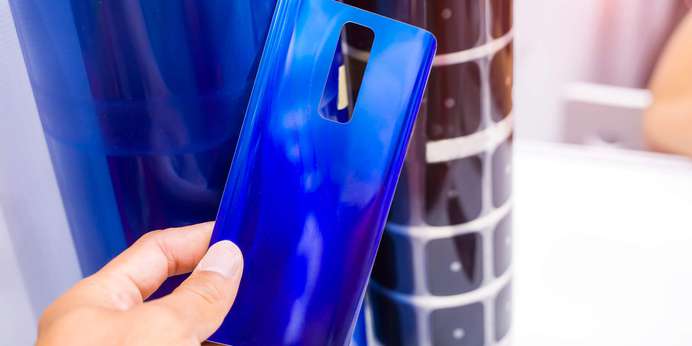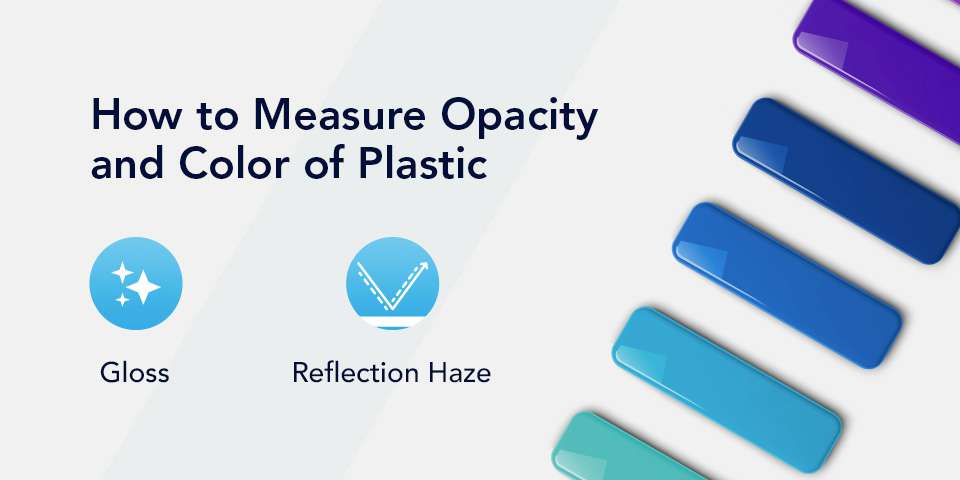Gloss and reflection haze are vital effects on the appearance of opaque plastics. Spectrophotometers help manufacturers measure these effects to ensure the integrity of all products.
Gloss
Gloss is an element that makes surfaces appear shiny, smooth, and metallic. Many plastic manufacturers use gloss on their products. Quality controllers measure gloss using a gloss meter, which presents a continuous beam of light at a fixed angle on the sample and measures the amount of reflected light in Gloss Units.
Reflection Haze
A high-gloss surface's reflection should be clear and radiant. However, surface faults can cause reflections to appear milky, affecting the product's quality. A benchtop spectrophotometer is one of the best tools for measuring haze in plastic materials. It can measure both color and haze to provide quantifiable results.
Determine Color Tolerances
Color tolerance is the acceptable variations between the target color and the sample. Establishing color tolerance is essential in an efficient quality control strategy. Note that a tolerance is more acceptable when the color difference spreads through the three dimensions (L, a, b).
Spectrophotometers for Color Measurement of Opaque Plastics
A color measurement system eliminates subjectivity and enables accurate measurement and communication of color during production. A spectrophotometer measures the amount of light absorbed or reflected by plastic and displays the output in numerical values. These values represent various color spaces and indices, such as CIE L*a*b and the Yellowness Index, providing manufacturers with an objective way to monitor the color of their products.



